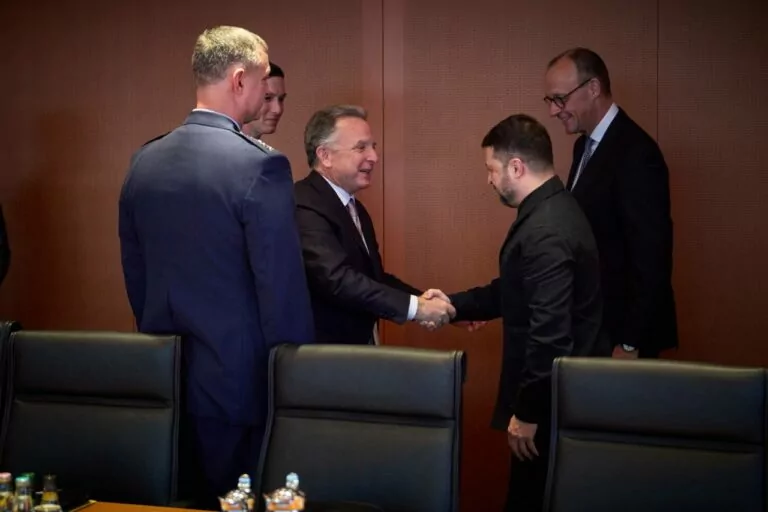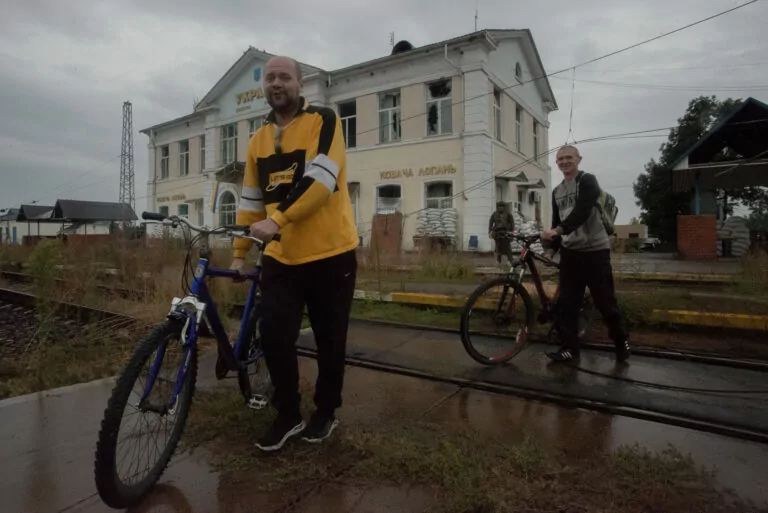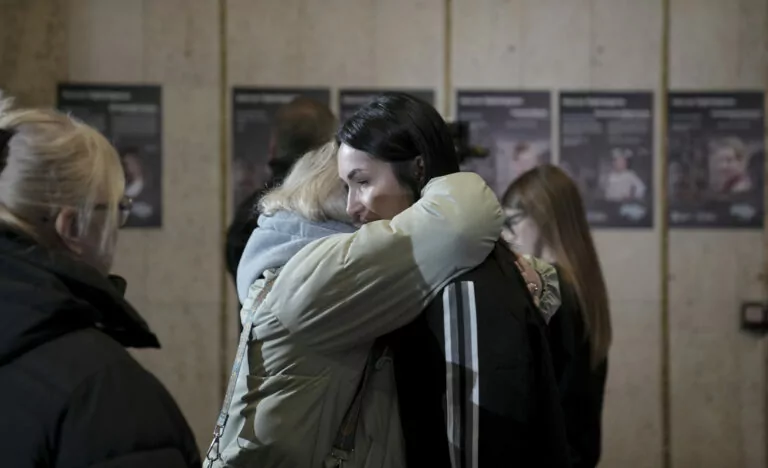UKRAINE, KHARKIV, Apr 01 — The Russians did not come closer to Kharkiv but began using a new, longer-range shell.
Kharkiv Mayor Ihor Terekhov answered the question of a Liga.net journalist in an interview about the Russian shelling of the city with guided munitions.
Russia has begun to hit the city with new munitions, which can fly up to 90 kilometers. There have been two such strikes over the past week. The Russians also use S-300 systems. Most often, missiles come from the Belgorod region, the Kharkiv mayor noted.
Ihor Terekhov believes that the Russian military will not succeed in “exhausting” Kharkiv. The mayor added that it does not matter whether Russia is preparing a new offensive on the city. Ihor Terekhov said understanding how to fight back is much more important. According to him, Kharkiv residents are not panicking, and Russia’s intimidation is not working.
At about 3:53 p.m. on March 27, the Russian military attacked Kharkiv, hitting the central residential area. The Russian attack killed a 59-year-old man and injured 19 people, including four children.
According to the head of the Kharkiv Regional Military Administration, Oleh Syniehubov, the attack destroyed two high-rise buildings and damaged at least 14 buildings. Among them are one preschool and one school.
The Russian attack injured at least 19 people. Among them are four children aged three months, 1.8 years, ten years, and 13 years. Everyone is being provided with medical aid. All relevant services were working at the hit site.
There is information that the Russians attacked Kharkiv with a D-30 UMPB munition [a unified interspecies planning munition — ed]. According to Oleh Syniehubov and Volodymyr Tymoshko, this is a new type of weapon. It is quite powerful, and the explosion intensity [of this type of missile] is average between an air bomb and a rocket.
Read more
- Kharkiv rescuers received a new all-terrain fire truck thanks to the help of a German firefighter and volunteer from Nuremberg, Nils Thal. The SES noted that the vehicle has a four-wheel drive, the necessary firefighting equipment, and can carry 2,400 liters of water and three rescuers




